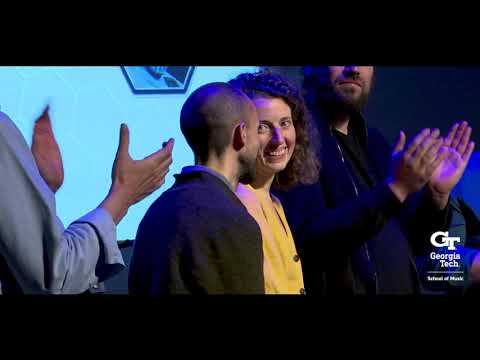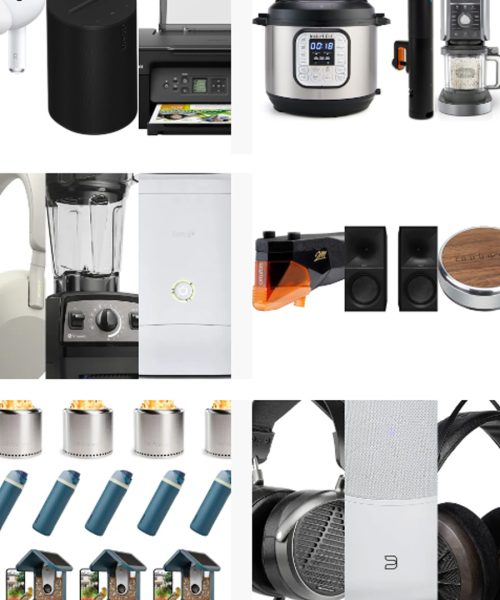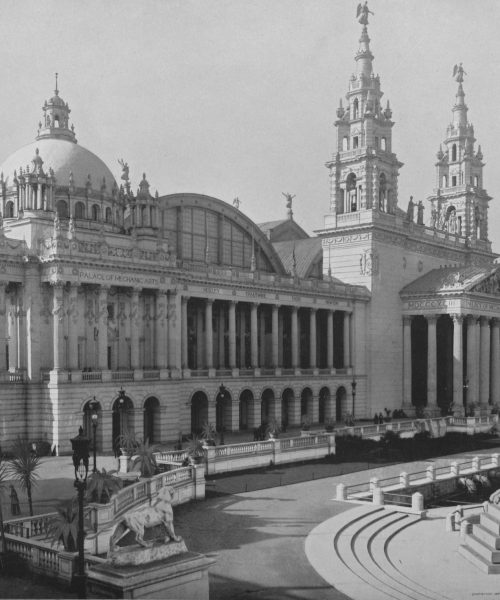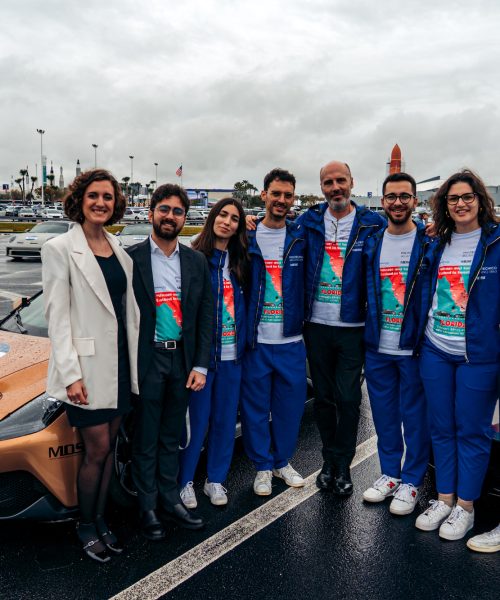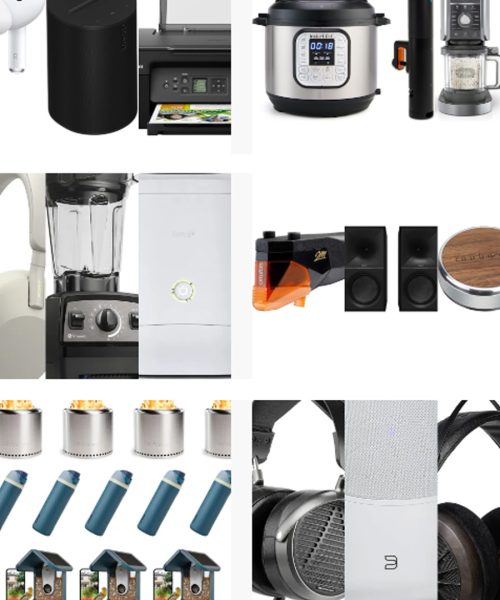Genesis, the luxury arm of Korean automaker Hyundai, has made it abundantly clear that its design prowess is a key focus. From the distinctive rotating spherical gear selector in the GV60 to the ambient lighting across the lineup, Genesis vehicles stand out in a crowded market. Festooned with an updated logo that resembles that of super-luxury brand Bentley, the 2025 Genesis GV80 appeals to those with high-end taste and a price tag that’s more palatable to the masses.
With the launch of the 2025 Genesis GV80 SUV, the brand is taking its interior game to a new level with sustainable materials. The comfortable cabin of the GV80 is trimmed with a unique material that transmits Genesis’ intentions, including its use of fibers made from basalt, a volcanic rock, and recycled polyethylene terephthalate (PET) plastics from things like single-use water bottles. Another interior option is what the automaker calls “Newspaper Wood,” which consists of pressed reused newspapers layered with thin slivers of real wood.
Here’s more about Genesis’ unusually sourced materials and how they’re made.

Melted rocks and plastics
Basalt is an igneous rock originating as fiery volcanic lava. Geologists call basalt an extrusive rock, which means it’s derived from magma that bubbled up from under the surface of the Earth. Genesis Senior CMF (color, materials, and finish) Designer Grace Kim says the decision to use basalt fabric as a decorative garnish was primarily driven by the desire to replace the commonly used carbon fabric and use something more inspired by nature.
“Upon discovering fabric made by melting basalt rock and weaving it into a pattern resembling carbon fiber, we were immediately drawn to its resemblance and functionality,” Kim says. “It’s 100 percent basalt stone yarn, melted at very high temperatures and wound into thread.”
However, she explains, since basalt fabric is primarily used for construction materials, it lacked aesthetic appeal. To address this, Genesis designers experimented with various patterns and incorporated recycled PET yarn into the weaving process to enhance the decorative aspect. Before being woven into the mix, plastic bottles are washed, disinfected, and ground into flakes, then melted and spun into yarn.
Dr. Peng-Cheng Ma, a professor in the Xinjiang Technical Institute of Physics and Chemistry, Chinese Academy of Sciences, explains how basalt fiber is made in Research Features magazine.
“The not-quite microscopic strands of basalt fiber are created by taking basalt, a common volcanic rock, heating it to 1,500°C, and spinning the melted rock through a fine nozzle,” he says. “The resulting material is commonly then either woven into a heat-resistant fabric, or used to reinforce materials. When used to reinforce polymers, the resulting material is cheaper than carbon fiber and stronger than fiberglass.”
The resulting look is striking, and knowing it’s made of natural resources makes it more interesting. Genesis says it’s considering expanding the application to other vehicle models.

Finding new ways to use newspaper
Newspapers may not be as prevalent as they were a decade ago due to the rise of online publications, but there is still plenty of newsprint floating around that can be reused. Genesis put it to work in the GV80 as another interior trim option, previously using it in the G90 flagship sedan.
The GV80 Newspaper Wood introduces various innovations departing from traditional wood finishes, showcasing high-quality design while minimizing environmental impact by recycling discarded resources, Kim says. Newspaper is subjected to heat and pressure with layers of colored wood and can be cut at different angles to create varied design patterns.
“Departing from the conventional use of natural wood veneers common in luxury brands, we sought ways to protect wood resources,” she clarifies. “By combining neutral-toned wood veneers with recycled newspapers, we achieved the elegant figuring reminiscent of natural wood. The faint yet visible text printed on the newspaper adds a unique element.”
On the exterior of the GV80, Genesis has a lineup of colors named for cities around the world: Alta White (Utah’s snowy peaks); Uyuni White (the salt flats of Bolivia); Savile Silver (London’s fashion row); Makalu Gray (a peak in the Himalayas); Capri Blue (the island off the coast of Italy), and Storr Green (Isle of Skye, Scotland). Vik Black required nearly 100 iterations before the design team was satisfied, Kim says, and it’s named after a volcano area in Iceland known for its basalt sand beach. Notice there’s no red; that hue is reserved for the upcoming GV80 coupe, which will include an electric supercharger.
The entire package is a continuation of Genesis’ ambition to stand apart from its competitors in the SUV segment. It’s no surprise that the GV80 comprises nearly half of the brand’s SUV sales, and it’s only looking up.
